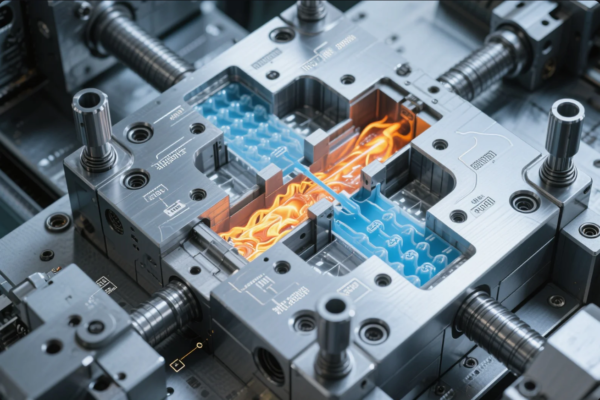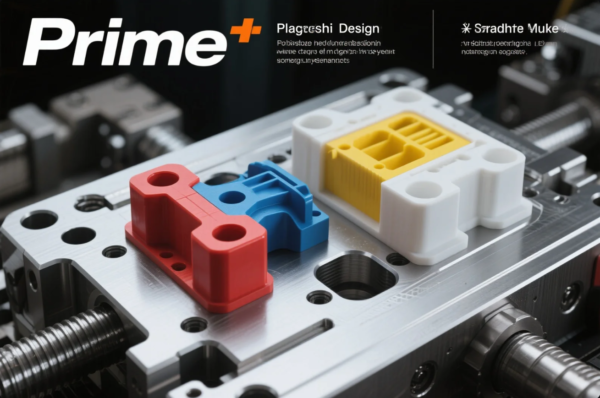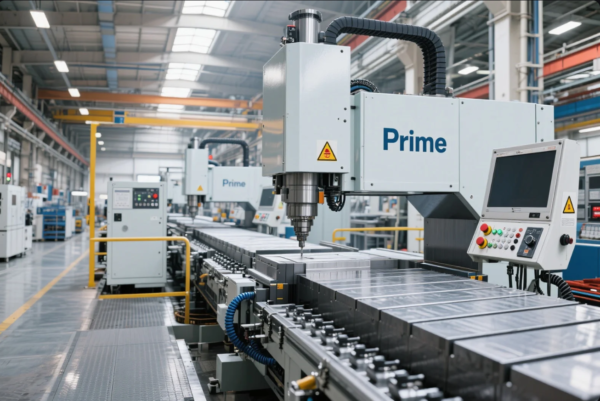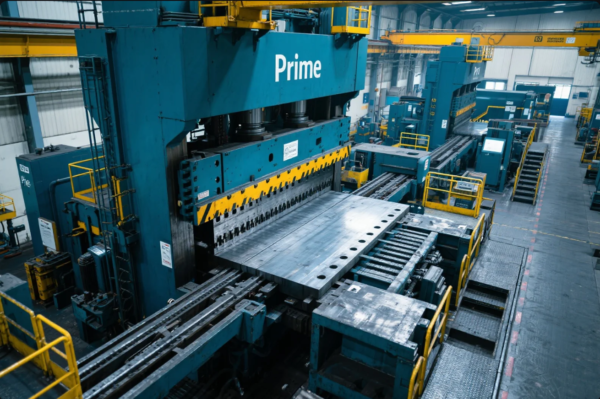What is the Hardest Weld to Learn?

Welding is a skilled trade that involves several techniques, each with its own challenges. As a beginner or even a seasoned professional, you might wonder: What is the hardest weld to learn? There are various types of welding, and some techniques require more precision and expertise than others. Let’s dive into the challenges of different welding methods and uncover which ones are the hardest to master.
Snippet paragraph: The hardest weld to learn varies depending on experience, but TIG welding is often considered the most challenging due to its precision, technique, and control requirements.
Transition paragraph: Let’s break down the different welding methods, the challenges they present, and why some welds are harder to learn than others.
Which Welding is the Hardest?
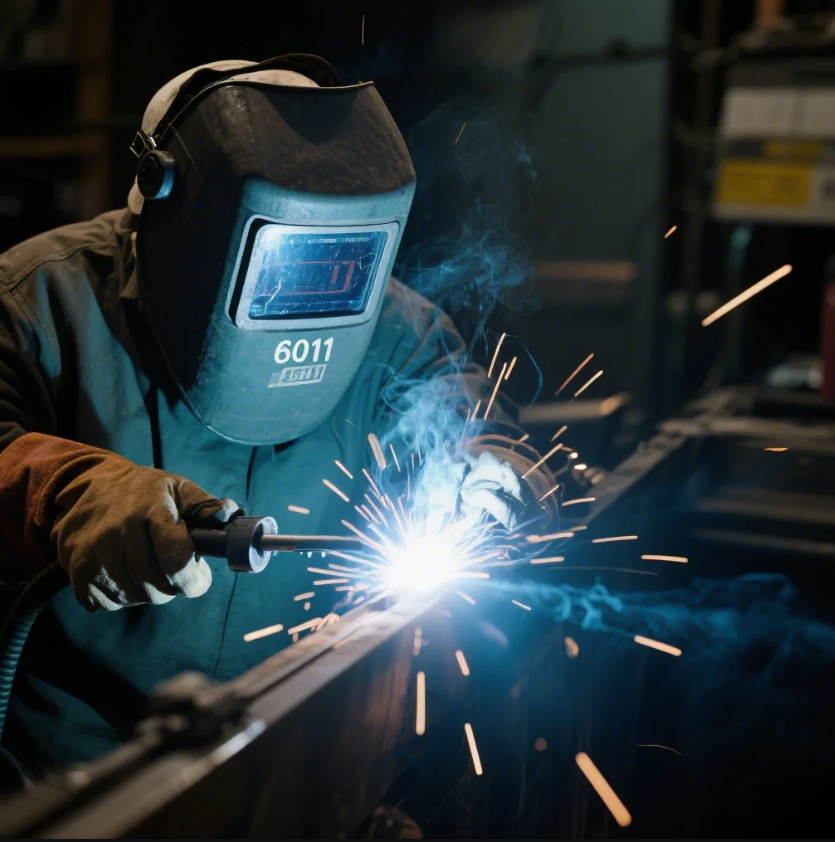
Among the various welding techniques, TIG welding (Gas Tungsten Arc Welding, GTAW) is often regarded as the hardest to learn. This is primarily due to the high level of precision, control, and skill required to create clean, high-quality welds.
Challenges of TIG Welding
- Precision: TIG welding uses a non-consumable tungsten electrode to create an arc, requiring the welder to carefully control the heat, filler material, and the welding torch all at once.
- Thin Materials: TIG is typically used for welding thin materials, which means the welder must have a steady hand and be able to control the heat to avoid warping or burn-through.
- Filler Material: Unlike MIG or Stick welding, the welder must manually feed the filler material into the weld pool, which adds another level of complexity.
Because of these challenges, TIG welding often takes longer to master, requiring hours of practice and experience.
| Welding Type | Difficulty Level | Main Challenges |
|---|---|---|
| TIG Welding | Hardest | Precision, control, manual filler feeding |
| MIG Welding | Moderate | Easier to learn but still requires skill |
| Stick Welding | Moderate | Can be difficult in outdoor conditions |
| Flux-Cored Welding | Moderate | Similar to MIG, but more suited for thicker materials |
While TIG welding is often seen as the most difficult, other welding methods come with their own unique challenges as well.
What is the Easiest Welding to Learn?

When it comes to learning the basics of welding, MIG welding (Metal Inert Gas) is generally considered the easiest method to learn. This is because it’s more forgiving and requires less manual dexterity compared to other methods like TIG.
Why MIG Welding is Easier
- Continuous Wire Feed: MIG welding uses a continuous wire electrode that is automatically fed into the weld pool, allowing the welder to focus more on torch positioning and less on feeding the material.
- Less Heat Control: MIG welding typically has more forgiving heat control compared to TIG, making it easier for beginners to get started.
- Cleaner Welds: MIG welding produces fewer spatter and requires less cleanup than stick welding, making it easier to achieve good results quickly.
| Welding Type | Difficulty Level | Key Features |
|---|---|---|
| MIG Welding | Easiest | Continuous wire feed, less heat control required |
| TIG Welding | Hardest | Requires precision, manual filler feeding |
| Stick Welding | Moderate | Requires good heat control, more spatter |
| Flux-Cored Welding | Moderate | Similar to MIG, but more suited for thicker materials |
MIG welding is a great starting point for beginners who want to get into welding without overwhelming complexity.
Which Welding Pays the Most?
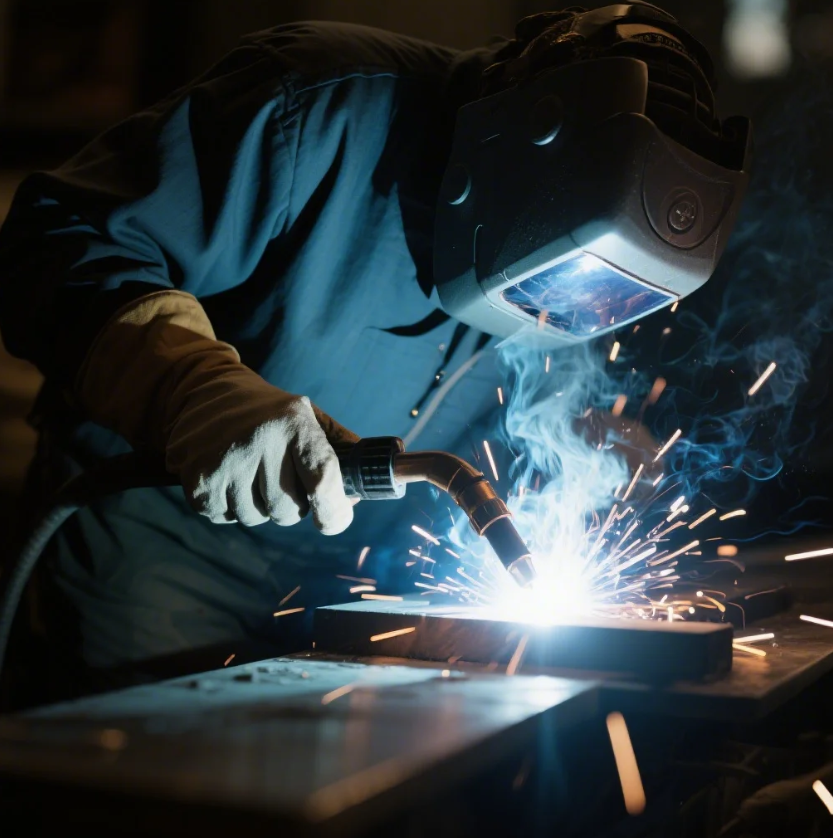
In terms of pay, TIG welders often command the highest salaries compared to other types of welding. The reason behind this is the specialized skill set and precision required for TIG welding, which is in high demand for industries such as aerospace, automotive, and high-end fabrication.
High-Paying Welding Industries
- Aerospace: TIG welding is commonly used for welding high-strength materials like titanium and stainless steel, which are critical for aircraft and space applications.
- Oil & Gas: Welding in the oil and gas sector often requires advanced welding skills, including TIG, which commands higher pay due to the complex and hazardous working conditions.
- Pipeline Welding: Skilled pipeline welders, often using techniques like Stick and TIG welding, can also earn high wages due to the specialized nature of the work.
| Welding Type | Average Salary Range | High-Paying Industries |
|---|---|---|
| TIG Welding | Highest | Aerospace, oil & gas, pipeline, high-end fabrication |
| MIG Welding | Moderate | Construction, manufacturing, automotive |
| Stick Welding | Moderate to High | Structural work, heavy equipment repair |
| Flux-Cored Welding | Moderate to High | Industrial and heavy-duty welding |
While TIG welding is often the most difficult to learn, it also offers some of the highest earning potential due to the level of expertise required.
What is the Most Difficult Position in Welding?
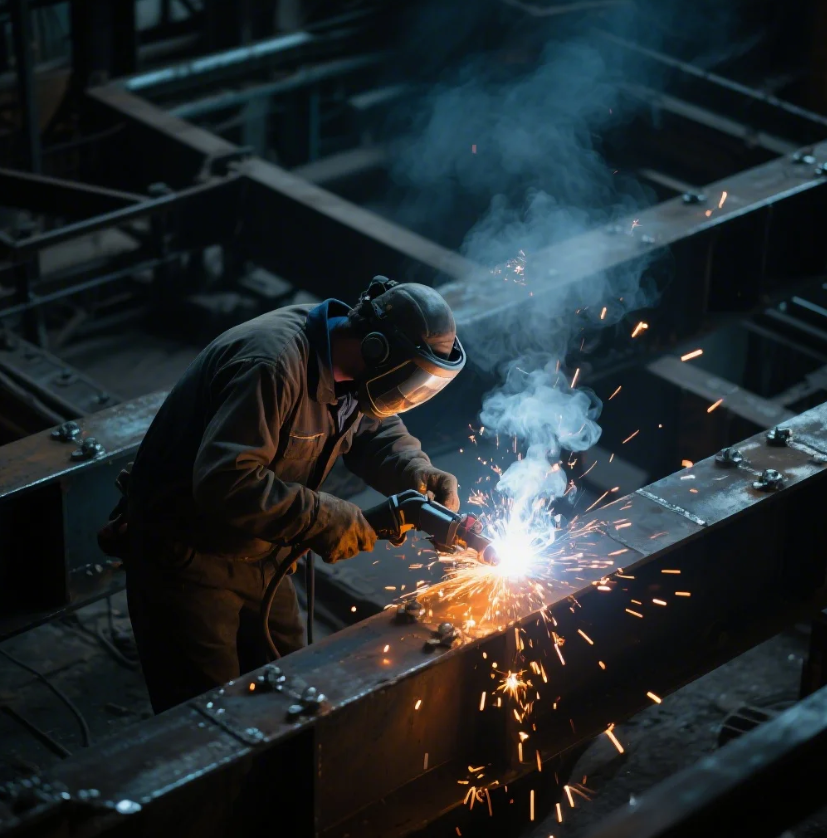
Welding positions can affect the difficulty level of a job, and some positions are inherently more challenging than others. The overhead welding position is often considered the most difficult because it requires the welder to work while positioning the welding torch above them, leading to potential challenges with control, heat management, and comfort.
Challenges of Overhead Welding
- Positioning: Welding overhead can be physically demanding as the welder must maintain proper torch control while holding the torch above their head for extended periods.
- Gravity: Gravity can work against the welder, causing molten metal to drip or run, leading to more mistakes and difficulty in achieving a clean weld.
- Heat Management: Overhead positions often require careful heat control to avoid burn-through or distortion of the material.
| Welding Position | Difficulty Level | Challenges |
|---|---|---|
| Overhead Welding | Most difficult | Torch control, heat management, comfort |
| Flat Welding | Easier | Simple, gravity helps with welding pool control |
| Vertical Welding | Moderate | Challenging but manageable with proper technique |
| Horizontal Welding | Moderate | Easier than overhead but requires control |
Overhead welding is typically used in construction, pipeline welding, and maintenance, and it requires a great deal of practice to master.
Conclusion
The hardest weld to learn depends on various factors, but TIG welding is often considered the most challenging due to its precision and complexity. While MIG welding is generally easier to start with, TIG welding offers the highest earning potential and is in demand for specialized industries. Regardless of the welding method, mastering the craft requires time, practice, and experience.
If you’re looking for top-quality welding equipment or services, Prime is here to help. Contact us today to get expert advice, customized solutions, and fast delivery for all your welding needs.

